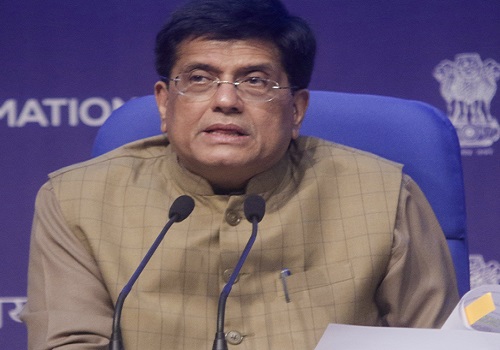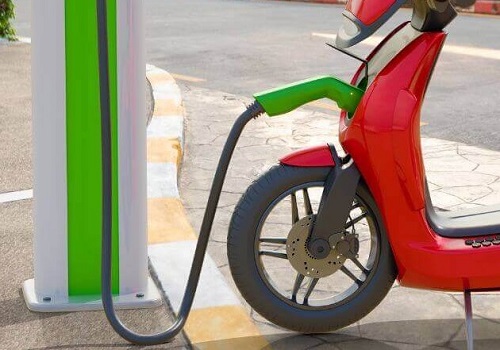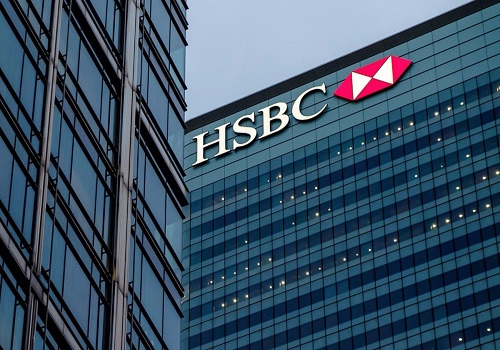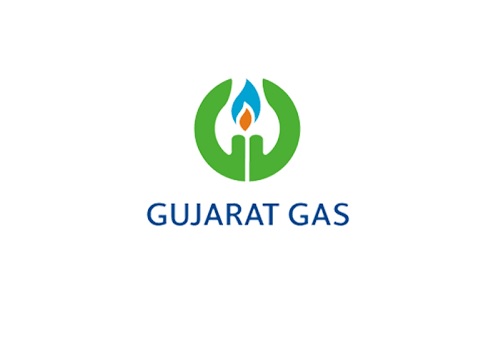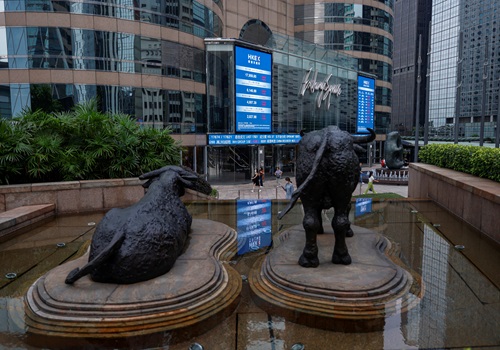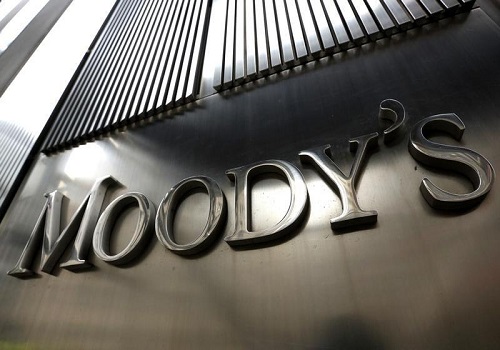Warehousing demand expected to grow 160% in 2021: Report
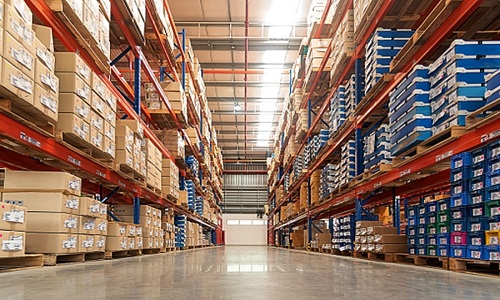
Follow us Now on Telegram ! Get daily 10 - 12 important updates on Business, Finance and Investment. Join our Telegram Channel
Warehousing demand is expected to grow around 160 per cent to reach 35 million square feet in 2021, if no further lockdowns occur, said a JLL report.
Despite unfavourable socio-economic environment, warehousing stock in top eight cities, including NCR-Delhi, Mumbai, Bangalore, Chennai, Pune, Kolkata, Hyderabad and Ahmedabad has added 27 million square feet to reach a total of 238 million square feet in 2020 as per the 'India Real Estate Outlook - A new growth cycle' by JLL.
Yogesh Shevade, Head Industrial Services, JLL, India said: "In Q4, the market started gaining momentum with highest supply and absorption in 2020 post the lockdown. Industrial spaces witnessed a 13 per cent Y-o-Y growth in total stock in Grade A & B warehousing space in top 8 cities."
He added that the overall warehousing space stands at 238 million square feet at the end of 2020 compared to 211 million square feet in the previous year thereby resulting in a net supply of 27 million square feet.
"Important point to note here is that in 2020 the end -users or tenants have looked for new and innovative ways to take up spaces on short term or temporary leases of tenure 9-12 months for leasing of 'white spaces or unused spaces' in existing leased warehouses on sub-lease. Unfortunately, these do not get captured in net absorptions (considering these are already leased)," he said.
The warehousing and logistics market in India started gaining impetus with highest supply and absorption in the Q4 of 2020. The demand is expected to increase in 2021 and reach close to 35 million square feet of absorption, almost similar in line with 2019 levels, supported by growing demand in sectors such as 3PL (third party logistics) and e-commerce.
3PL has become one of the fastest growing segments in the warehousing space, contributing nearly 35 per cent of total net absorption in 2020, highest among all the other sectors. Likewise, many e-commerce categories are expected to do very well, as consumers are making a behavioural shift from buying offline to online.
Further, the report noted that Covid-19 has accelerated e-commerce adoption rates with an increase in UPI transactions by 42 per cent during the lockdown period, leading to an upsurge in the demand for online delivery of essential and non-essential items.
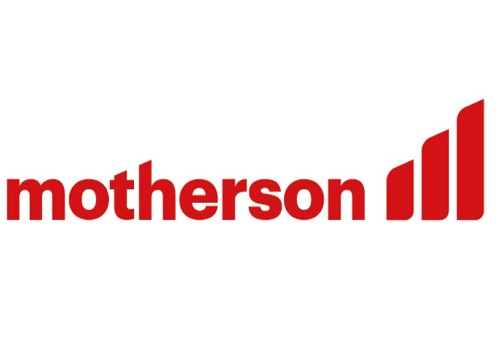

.jpg)
